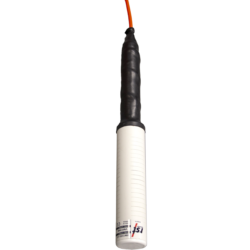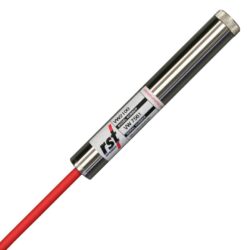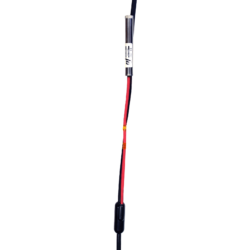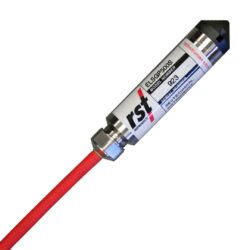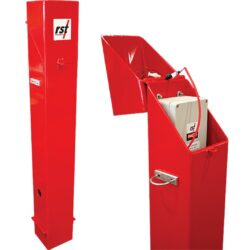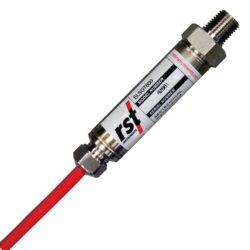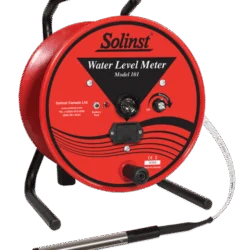Learn More about Piezometers
Monitoring of pore pressure changes is essential to understand drained and undrained behaviours of soil formations under loads, efficiency of dewatering programs on construction sites, short-term and long-term soil settlement behaviours and factor of safety of soil and rock slopes. RST offers a variety of piezometer subtypes to deliver high-quality, precise data collection for every project.
Piezometers are employed in a wide variety of infrastructure and mining projects including water and tailings dams, tunnels, roadways, landfill sites, pipelines, and excavation projects.
Built to withstand tough environmental conditions without compromising performance, RST Instruments’ piezometers allow for consistent, reliable data collection in soil or rock, and are the preferred instrument for ongoing pressure measurements.
Piezometers are typically installed in vertical columns such as boreholes, standpipes, and wells, and consist of a pressure-sensitive tip that is connected to the ground surface by a rugged cable. Multiple piezometer types and installation options exist that can be customized according to the specific site environment.
The RST Vibrating Wire Piezometer is a high-performing, reliable, and rugged instrument that employs a vibrating wire measuring principle to detect minute changes in pore pressure.
This widely used piezometer is the electrical piezometer of choice due to its robust technology and versatility in even the most demanding conditions. Data from the Vibrating Wire Piezometer can be collected using a readout unit such as the VW2106 Vibrating Wire Readout or automated using an Affinity Data Logger.
In situations where pore pressure measurement is required at multiple elevations throughout the vertical borehole, the Fully Grouted Multi-Point Piezometer String allows for the connection of multiple Vibrating Wire Piezometers at desired depth points.
For corrosive environments, RST manufactures and supplies the Corrosion Proof Vibrating Wire Piezometer as a cost-effective solution for measurements in these conditions. These can be supplied with a suitable cable type, depending on the corrosive liquid it will be exposed to.








